LBP - Issue № 8 - A World Tour in Three Cities
Exploring Linotype’s history worldwide from Australia, San Francisco, and London; my new job at Monotype; and what’s next for the project after the first year of research.

Linotype Book Project - Issue № 8
I’m currently writing this update from a window seat of a United Airlines Boeing 787 Dreamliner (don’t get me started on how corporate greed destroyed one of America’s best companies) on my way back home to Denver from London.
It has been a wonderful/whirlwind past month as my work travel has taken me to Brisbane, Australia; San Francisco, California; and London, England for meetings, conferences, and workshops. At each of these locations I was able to squeeze in a bit of research for the book, which was a lot of fun.
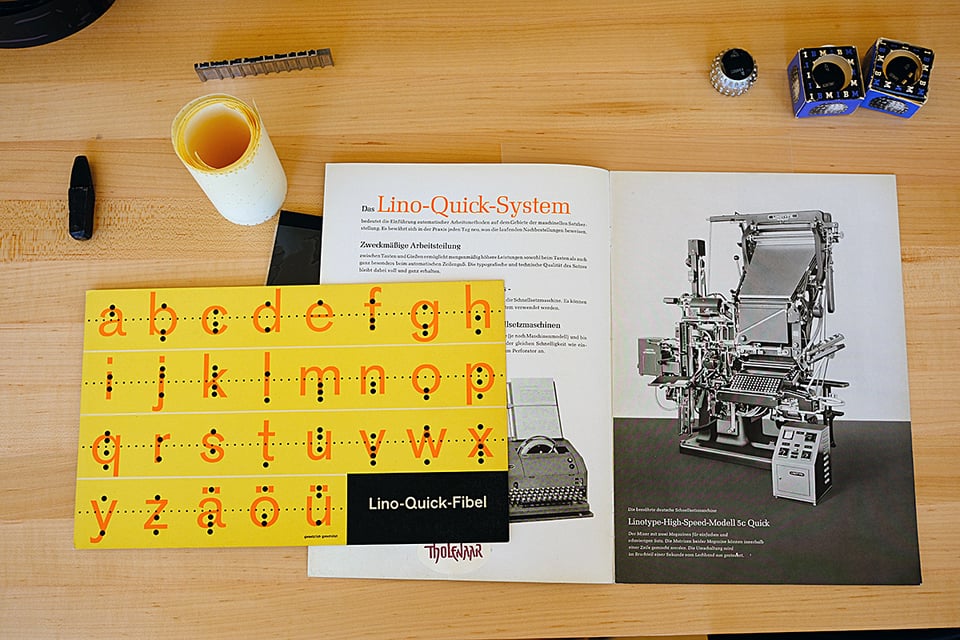
Executively Creative?
The cause of this recent travel is because I accepted a job as an Executive Creative Director for Monotype at the end of last year. Yes, that Monotype — the company that built a competing hot-metal machine way back in the day and eventually purchased Linotype in 2007.
So in a way, I’m now an employee of what the Mergenthaler Linotype Company kind-of became. I say “kind-of” because today’s Monotype merely owns the intellectual property of the fonts and font-related technology and are neither successors nor affiliates of the former Linotype or Monotype machine manufacturing companies.
As an ECD, I am working with Monotype’s largest clients as they use fonts that will sound familiar to Linotype fans: Helvetica, Erbar, and Ionic. Let’s be honest: Helvetica is still the big seller, but I’d love to see more people using Erbar or Ionic.

The Linotype in Australia
In Brisbane, I gave a presentation at the ATypI Conference on the introduction of the Linotype to colonial Australia. Although there were some difficulties finding research material from 8,000 miles away, I was able to put together the story of how the Linotype made it to Australia. In many ways, it was the same as the introduction of the Linotype all over the world: at first, hand compositors fought against it, but soon it helped create an explosion of printing, increased literacy, and grew the entire communications industry.
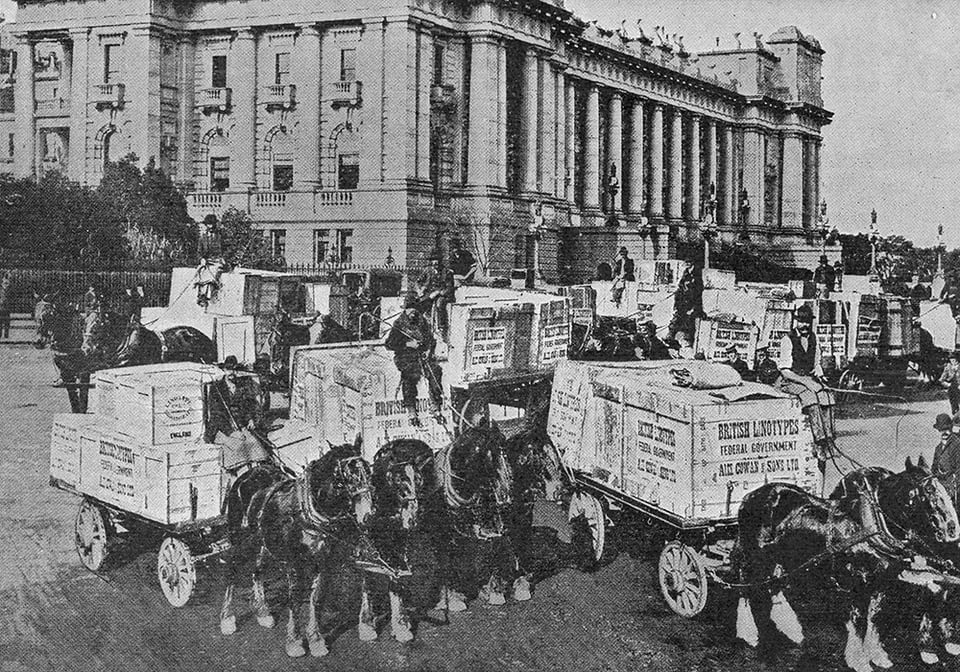
Letterform Archive
In San Francisco, I visited the Letterform Archive. Highlights in their collection include the best condition version of the 1915 green specimen book I’ve ever seen as well as many brochures from the German and UK company with some interesting new details about the factory in England.
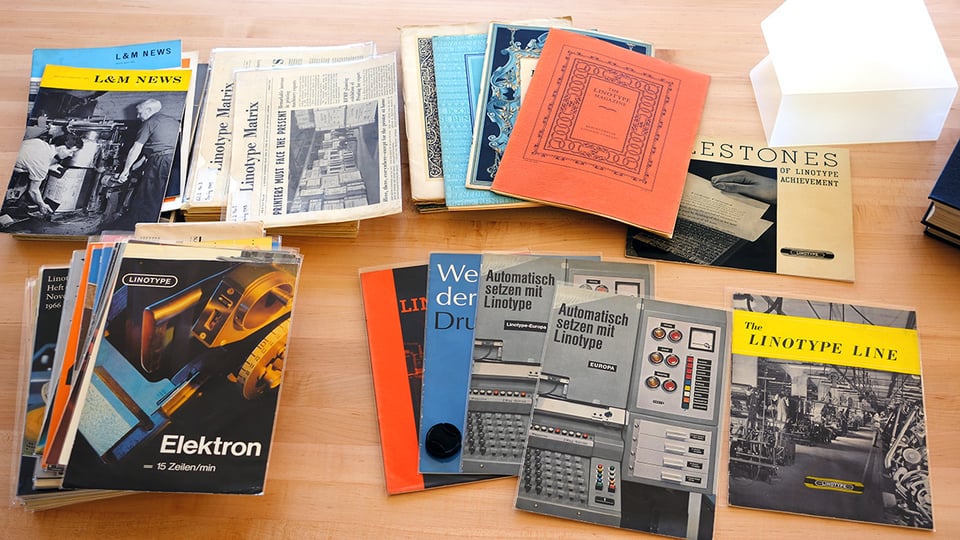
What makes the Letterform Archive special is their policy of “radical access” which is quite different from other institutions. With very few exceptions, I was encouraged to pick things up, leaf through them, and take photographs for my research. No request slips, no waiting for delivery of books, and no hassle to get into their “stacks” and dig through their collection.

St. Bride Foundation Library
Just a few days ago, I visited the library at St. Bride Foundation just off of Fleet Street in central London. St. Bride was built to support the church and community in the area of London where all the printers, type founders, and newspapers were. They had a printing school, community event spaces, and even a swimming pool, which is no longer filled. (I got to climb down below the theatre stage that now sits above the pool to see the creepy, dark pool!)

My focus was to better understand the history of the UK company, Linotype & Machinery. In their collection were several never-before-seen-by-me books about the factory outside of Manchester (which I visited in 2022) as well as how the company operated separate from the Mergenthaler Linotype Company in the United States.
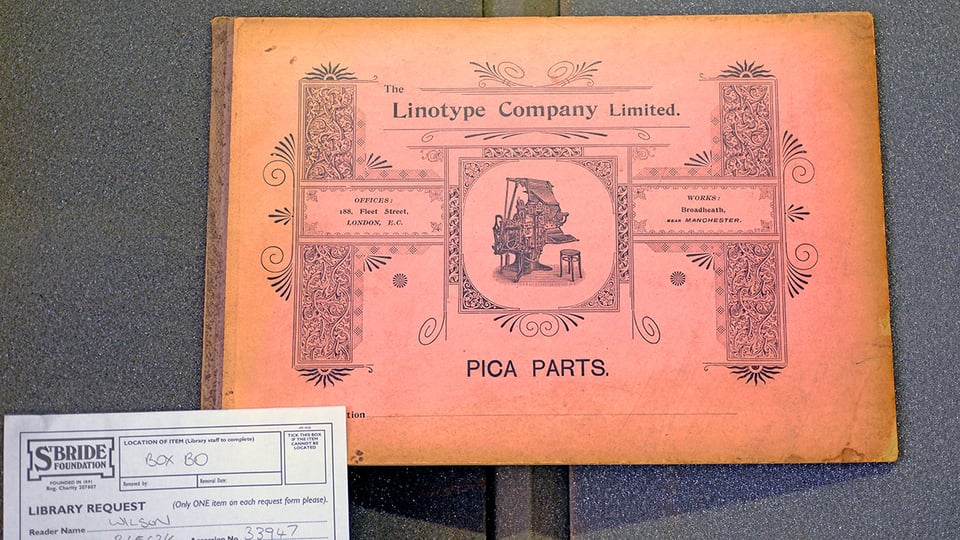
One Year from the Start
This newsletter marks exactly one year since I announced this project. As I look back, I’m proud of my progress. I’ve visited eight different libraries, museums, and archives; conducted three interviews and transcribed four others; built up a bibliography of 150+ publications; and have added substantially to my understanding of the complexities and impact of the Linotype around the world.
When I announced this project, I was freelancing and had more time and flexibility, but naturally with my above-mentioned job there is now less of that. But I’ve been pleasantly surprised how my research has dovetailed into my work travel and I see that continuing in the future.
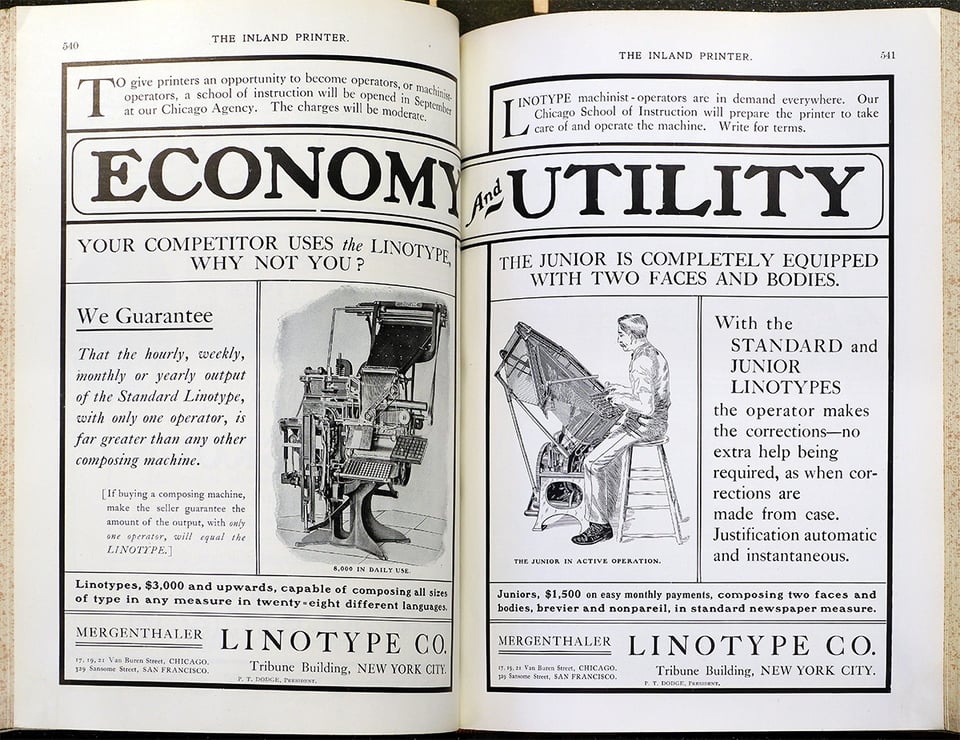
From the launch, I never made any promises about timelines or when I would complete the book because I understood the project as a marathon rather than a sprint. To continue that analogy, I think I’ve hit my stride and made steady progress this year. I feel I’m comfortably into mile six or seven of the 26 aided by the tailwinds of supporters and subscribers like you.

For all who have subscribed and supported this project so far, I am forever grateful. Those words never feel adequate, but I truly mean them. If you pledged an annual financial support, these should automatically charge around May 23rd, so be on a lookout for that.
Where will I research next? I’m hoping to make a trip to Berlin, Germany at some point to dig through the Germany company’s history and the Smithsonian Institute in Washington, DC still has secrets to reveal. Wherever I end up going next, you’ll get the inside scoop.
Best,
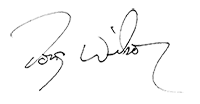
Doug
